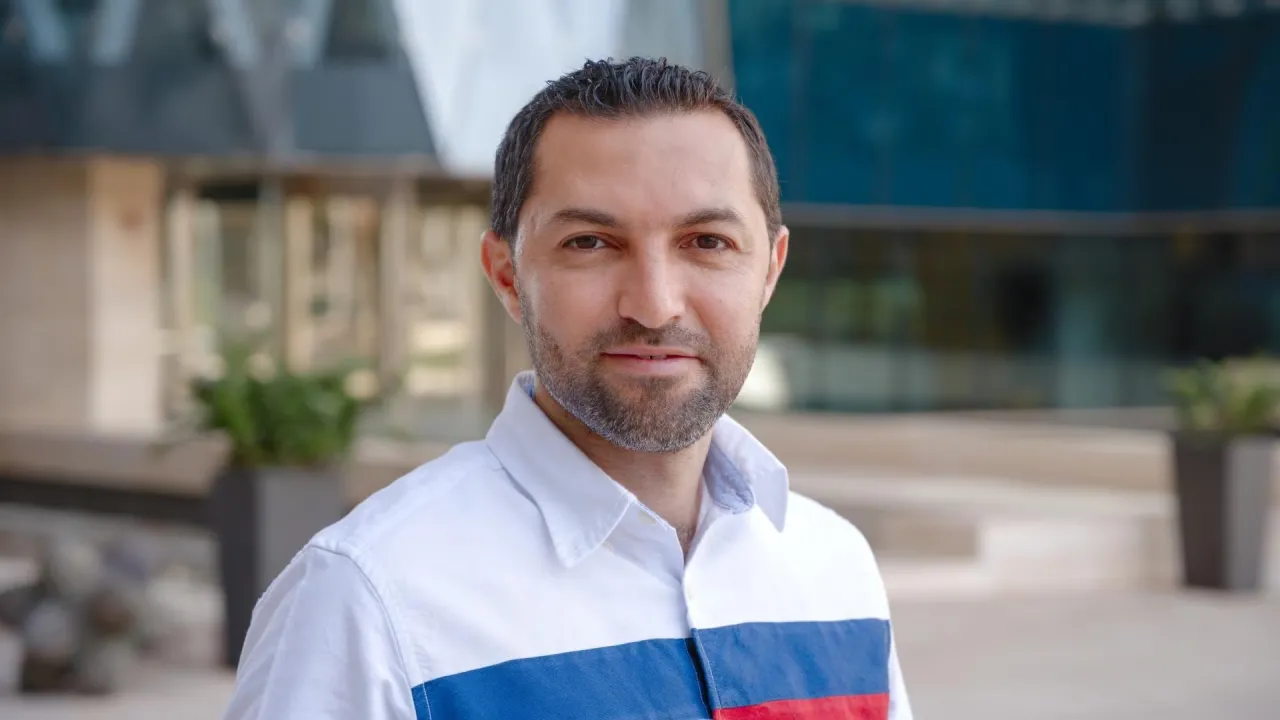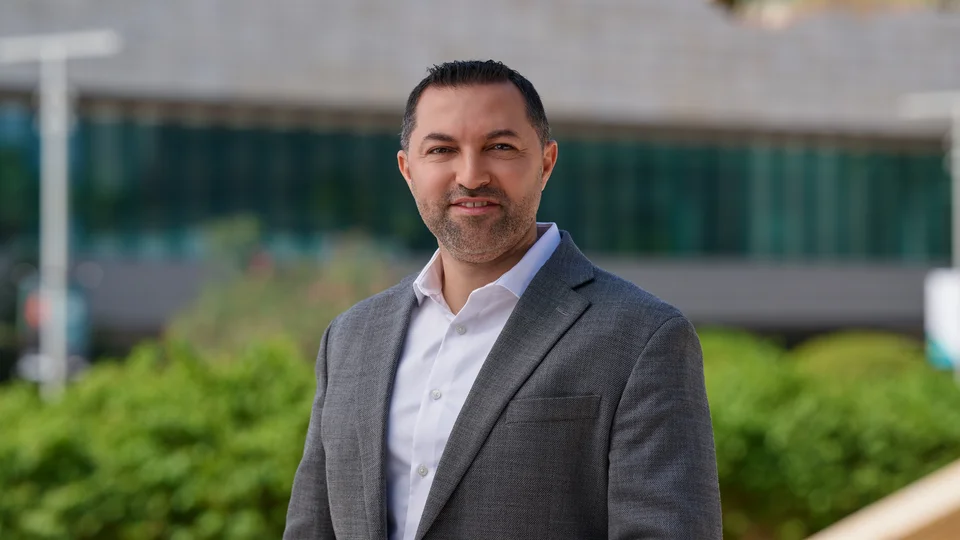
Dr. Islam Ashry named a Senior Member of the National Academy of Inventors
Dr. Islam Ashry, a research scientist based in the KAUST Photonics Laboratory, has been named to the National Academy of Inventors’ 2023 class of Senior Members. Ashry will be officially inducted as a Senior Member at the 12th NAI Annual Meeting, which will take place from June 26-27, 2023, in Washington D.C., U.S.
About
By David Murphy
Dr. Islam Ashry, a research scientist based in the KAUST Photonics Laboratory, has been named to the National Academy of Inventors’ 2023 class of Senior Members. Ashry will be officially inducted as a Senior Member at the 12th NAI Annual Meeting, which will take place from June 26-27, 2023, in Washington D.C., U.S.
Ashry joined 94 of his fellow accomplished academic inventors from around the world in the NAI’s latest class of Senior Members. The 2023 class are named inventors on over 1,200 issued U.S. patents, with 96 of those being licensed.
“My election as a Senior Member of the NAI has occurred at the right time to recognize my efforts and highlight the importance of translational research, which finds innovative solutions to real-world challenges and moves technology from the laboratory to the field and industry,” he stated.
Ashry's research interests include optical sensors, fiber-optic sensors, nano-photonics, plasmon sensing, fluorescence dynamics, fiber optics, optical communications and machine learning. His current research at KAUST focuses mainly on developing AI-assisted fiber-optic sensors that can be deployed in the oil and gas industry and agricultural applications. Before joining KAUST, he worked at Virginia Tech's Center for Photonics Technology, developing large-scale, high-sensitivity fiber-optic sensing networks.

